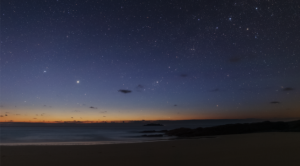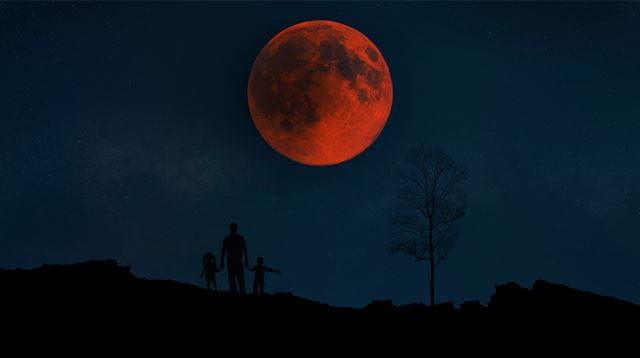
Find out when the next total lunar eclipse is taking place, and discover how best to witness this spectacular occurrence.
Astronomers across the world are getting their telescopes ready for the next total lunar eclipse, which is set to take place in early September 2025. This extraordinary occurrence – in which the Moon is temporarily darkened by the Earth’s shadow – only happens once in a while, making it something of a must-see event when it does come around.
But what exactly is a total lunar eclipse, when can you see it and where is the best place to witness this awe-inspiring display? Read on to find out the answers to those questions and more…
What is a total lunar eclipse?

Credit: Getty Images
A total lunar eclipse occurs when the Earth passes directly between the Sun and the Moon, causing the Moon to be fully immersed in the Earth’s umbra – the darkest part of its shadow.
During the eclipse, the Moon doesn’t disappear from view, but rather turns a dark red colour. This is caused by something called Rayleigh scattering – basically, although the presence of the Earth stops direct sunlight from reaching the Moon, longer wavelengths (those of a red and orange hue) are able to pass through the Earth’s atmosphere and onto the Moon. This phenomenon is also responsible for the reddy-orange colours we see during sunsets.
If you’re excited about the total lunar eclipse, then you’re certainly not the first. Indeed, such events have enraptured – or terrified – people for centuries. Some societies saw the eclipse as wild animals or even demons swallowing the Moon, while some Hindus believe that bathing in the Ganges River following an eclipse will help to achieve salvation.
How often do total lunar eclipses occur?
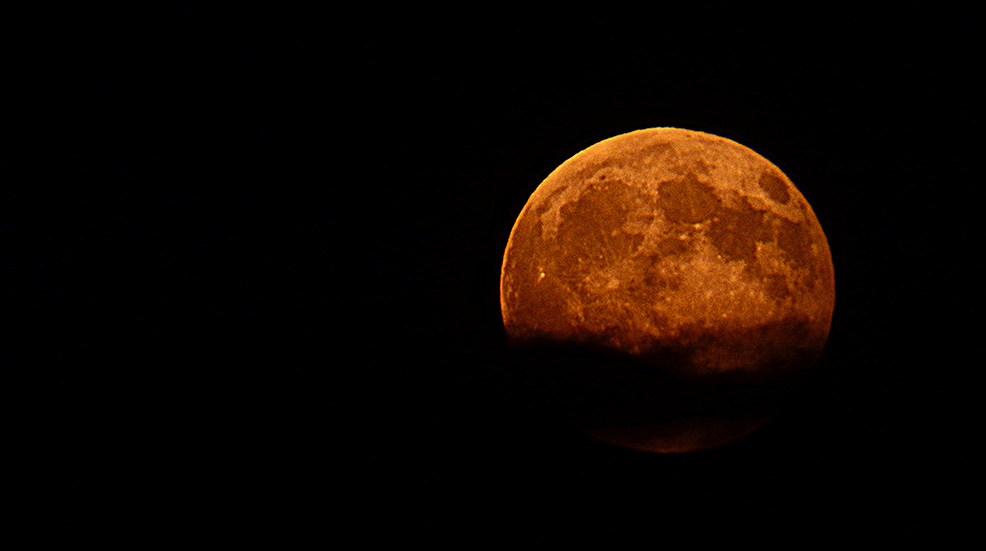
Credit: Getty Images
There are actually three types of lunar eclipse – penumbral, where the Moon only travels through the outer region of the Earth’s shadow (or penumbra); partial, where the Moon passes through both the Earth’s penumbra and umbra; and total, where the Moon is fully immersed in the umbra.
As you might expect, total lunar eclipses are the rarest of the three occurrences, taking place roughly twice every three years.
When is the next total lunar eclipse?
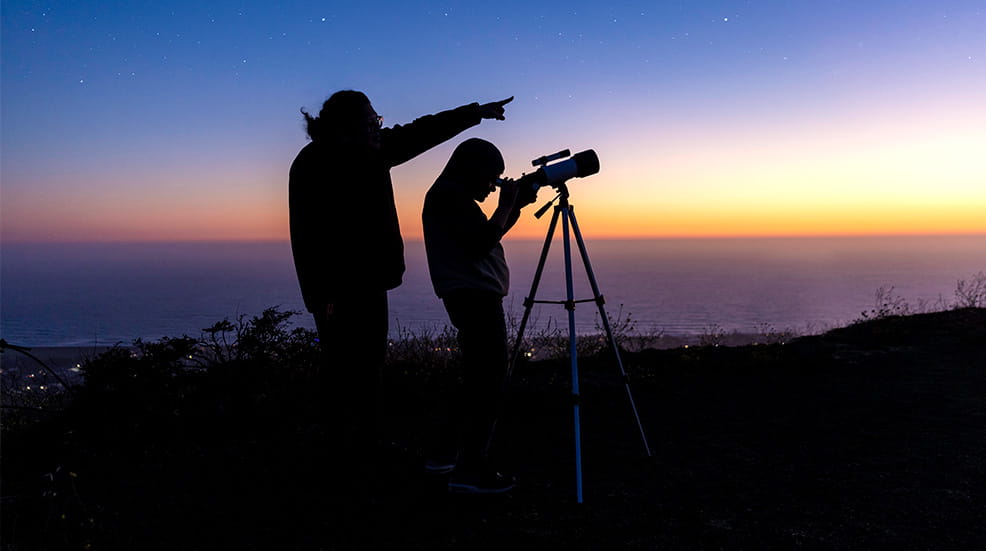
Credit: Getty Images
The next total lunar eclipse can be seen between 7 and 8 September 2025, depending on whereabouts in the world you are (for more details, see below).
Where is the best place to view the 2025 total lunar eclipse?

Credit: Getty Images
While people living in Asia and Western Australia are in the ringside seats, being able to witness the event in its entirety, us UK folk won’t miss out altogether.
Here, the Moon will elevate above the horizon just in time for us to catch a glimpse of the total lunar eclipse, with the most rewarding view occurring at 7.33pm BST. From then until 9.55pm, the Moon will steadily emerge from the Earth’s umbra and penumbra, back to normality.
As for where you should stand to get the maximum enjoyment out of the total lunar eclipse, there are a few things to consider here:
Elevation – as the Moon will be low on the horizon, aim for high ground with clear views towards the East
Cloud cover – the clearer the sky, the better chance you have of seeing the total lunar eclipse, so head for areas with the least cloud cover (such as the South Downs and Kent)
Light pollution – if you try to view the total lunar eclipse from a built-up area, your enjoyment is likely to be diluted by streetlights, car headlights and similar. So consider watching from one of the UK’s dark sky sites, which include Northumberland International Dark Sky Park, the Brecon Beacons and Galloway Forest Park.
Perhaps viewing the total lunar eclipse could provide the climax to a day out?
With a Boundless membership, you get year-round access to the Kew Gardens and its sister attraction Wakehurst, plus all nine WWT sites across the UK. Subscribe to Boundless Plus, and you also get unlimited admission to Historic Royal Palaces sites and National Trust for Scotland places. To get money off entry to National Trust places in England and Wales, use your membership to get 10% off a National Trust Gift Card.
How long does a total lunar eclipse last?
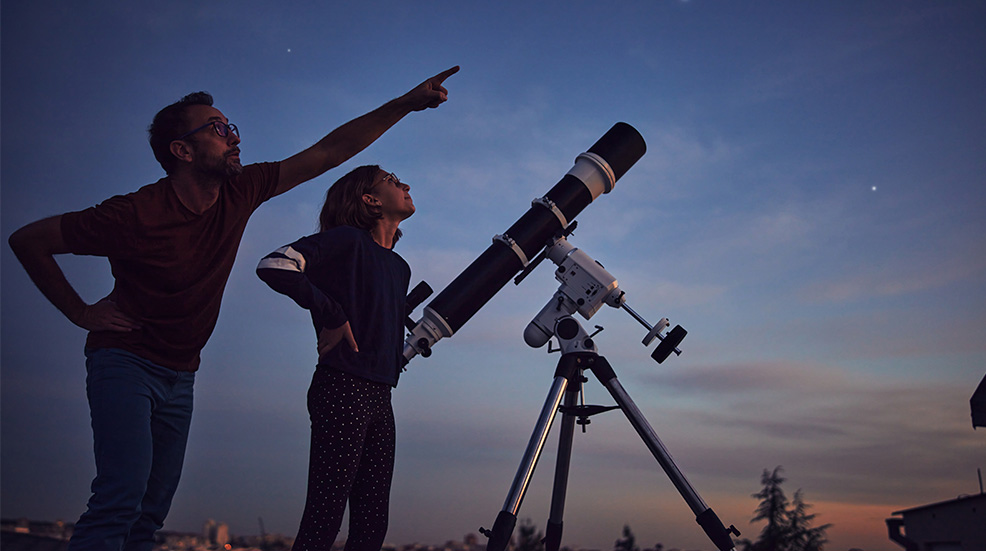
Credit: Getty Images
The Earth’s shadow can darken the Moon for up to five hours, depending on conditions. For people in the UK, the 2025 total lunar eclipse is expected to last around two hours and 20 minutes.
Do you need any special equipment to view the total lunar eclipse?
Unlike solar eclipses, which require special glasses or a solar viewer with filters, it’s perfectly safe to observe a total lunar eclipse with the naked eye, since the Moon does not get any brighter during these events than it normally is.
That said, you may wish to use something that’ll help you get the best possible view – after all, eclipses don’t happen very often. With a Boundless membership, you can purchase discounted shopping cards for the likes of Argos, Currys, Decathlon and Sports Direct, enabling you to buy a new telescope or pair of binoculars without breaking the bank.
Are there any other interesting events coming up for astronomy fans?
Here at Boundless, we often host astronomy-themed events. Indeed, on 2 September, members can attend a special online talk, Eclipses – A Mesmerising Cosmic Coincidence, in which Steve Warbis will provide some expert insight into these lunar phenomena.
Our online webinar, Have a go at… Stargazing, is also still available to watch. Join astronomer Will Gater as he unlocks the secrets of the night sky, detailing what to look for the next time you look upwards.
Do more with Boundless
If you're working in or retired from the public sector or civil service, Boundless has two great membership options to choose from: Boundless and Boundless Plus.
With Boundless, you get unlimited access or discounted entry to many of the UK’s top attractions, including Kew Gardens and Wakehurst and WWT centres across the UK, as well as year-round deals on restaurants, holidays, shopping and much more.
With Boundless Plus, you can enjoy additional benefits including unlimited access to Historic Royal Palaces sites, National Trust for Scotland places, access to The Ramblers' extensive walking community, and peace of mind with roadside assistance and local recovery by Britannia Rescue.




